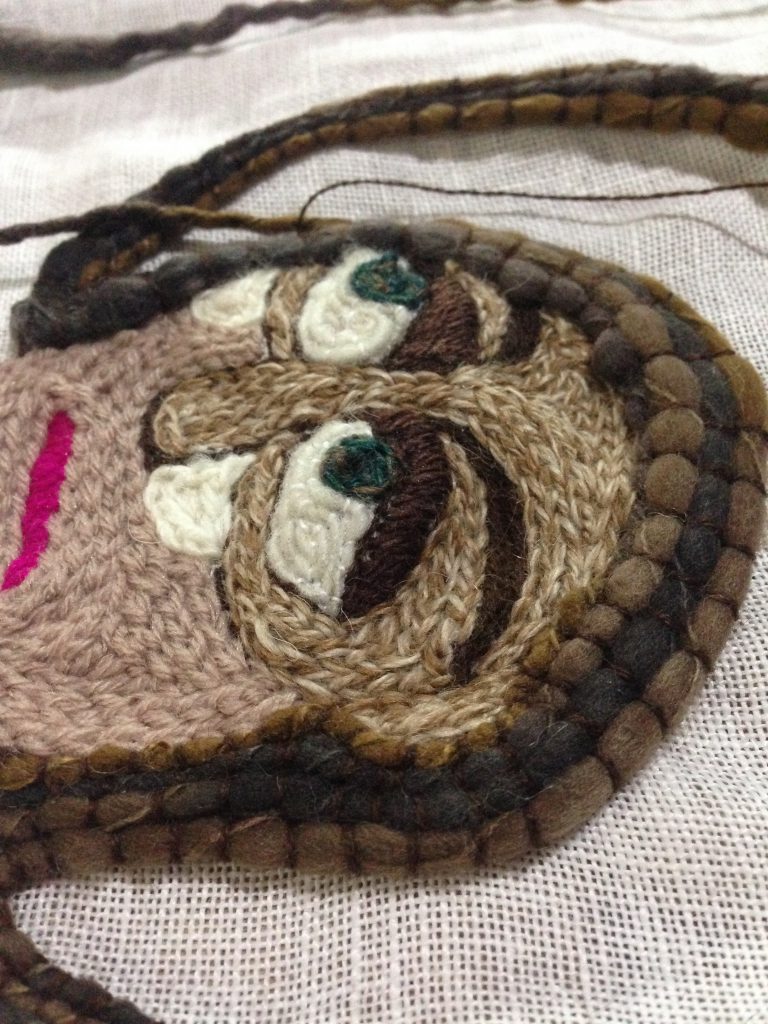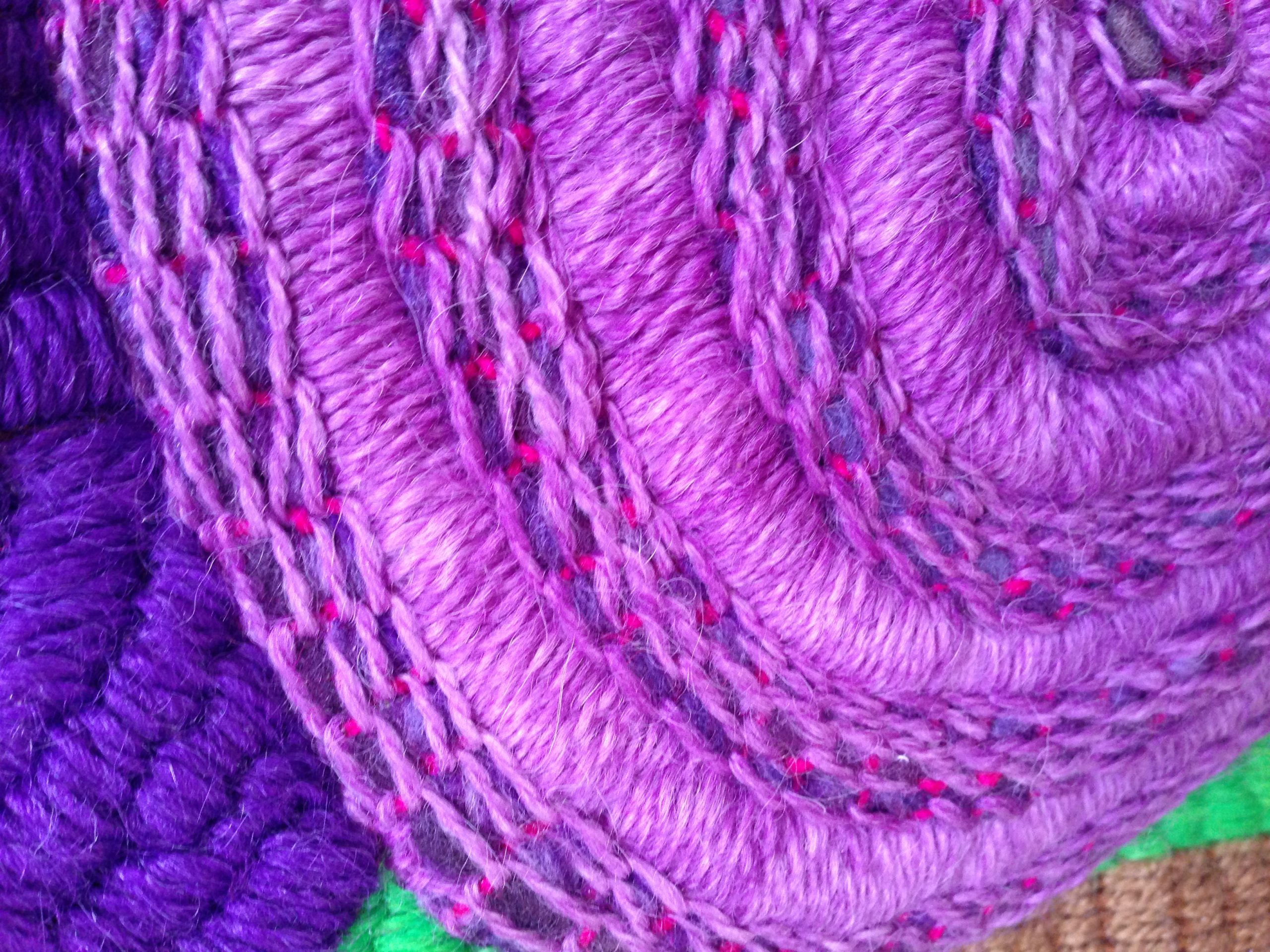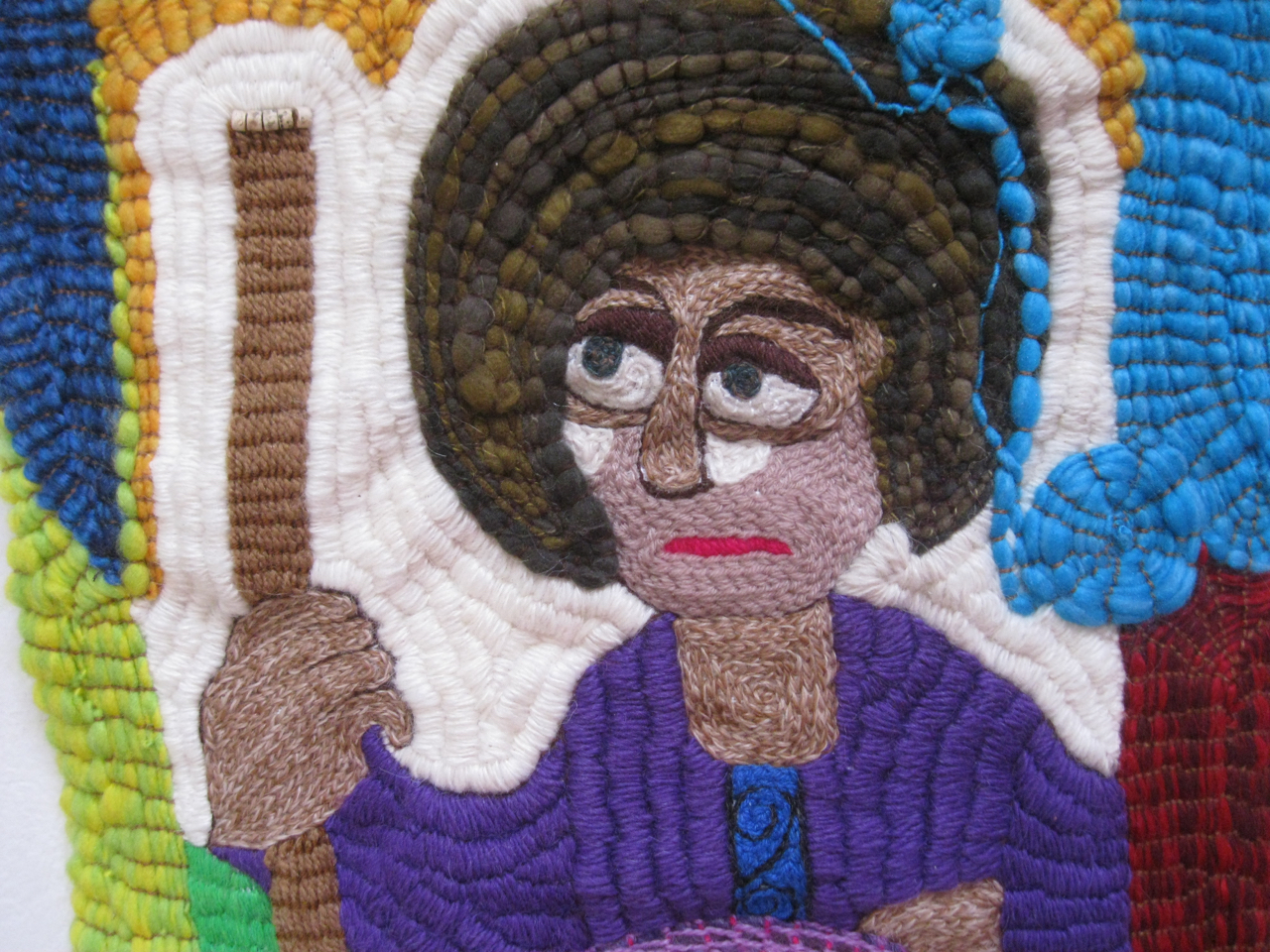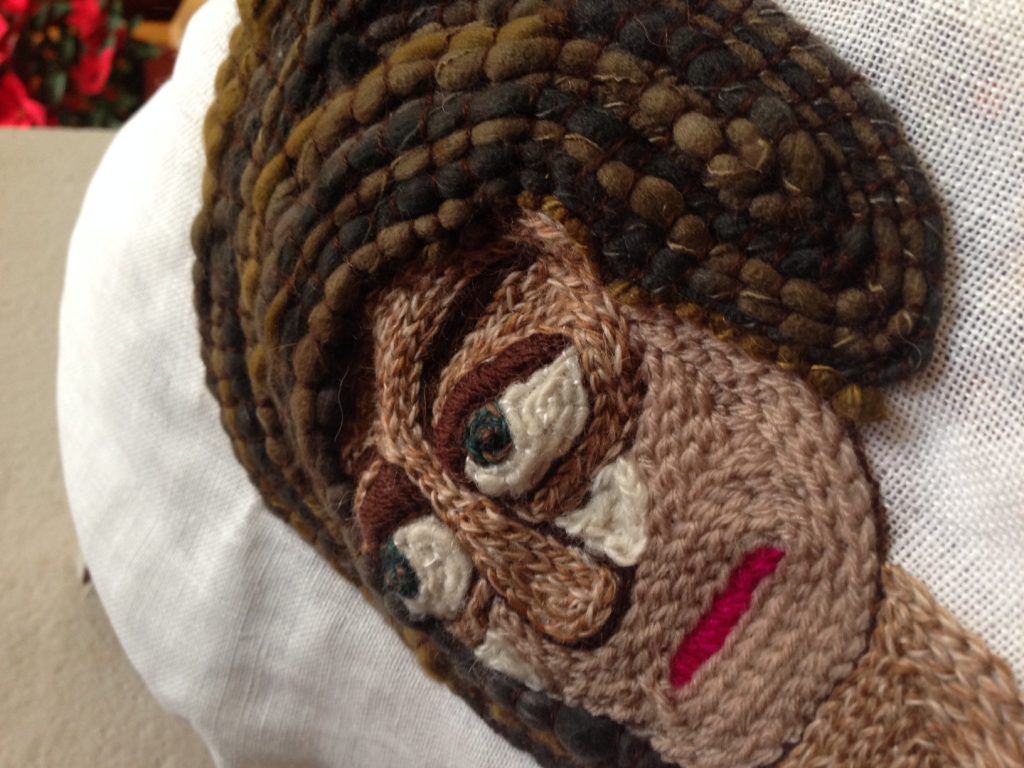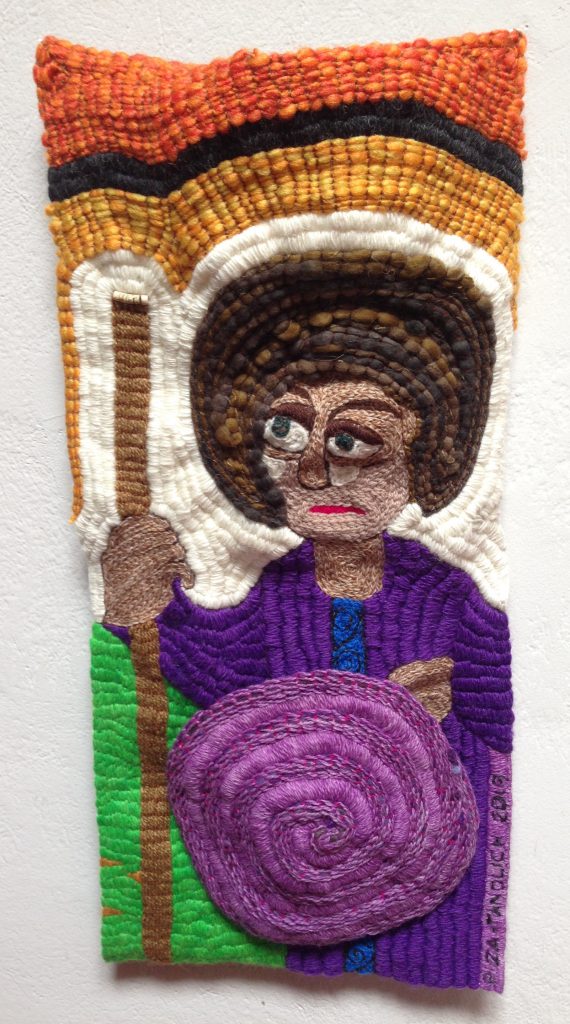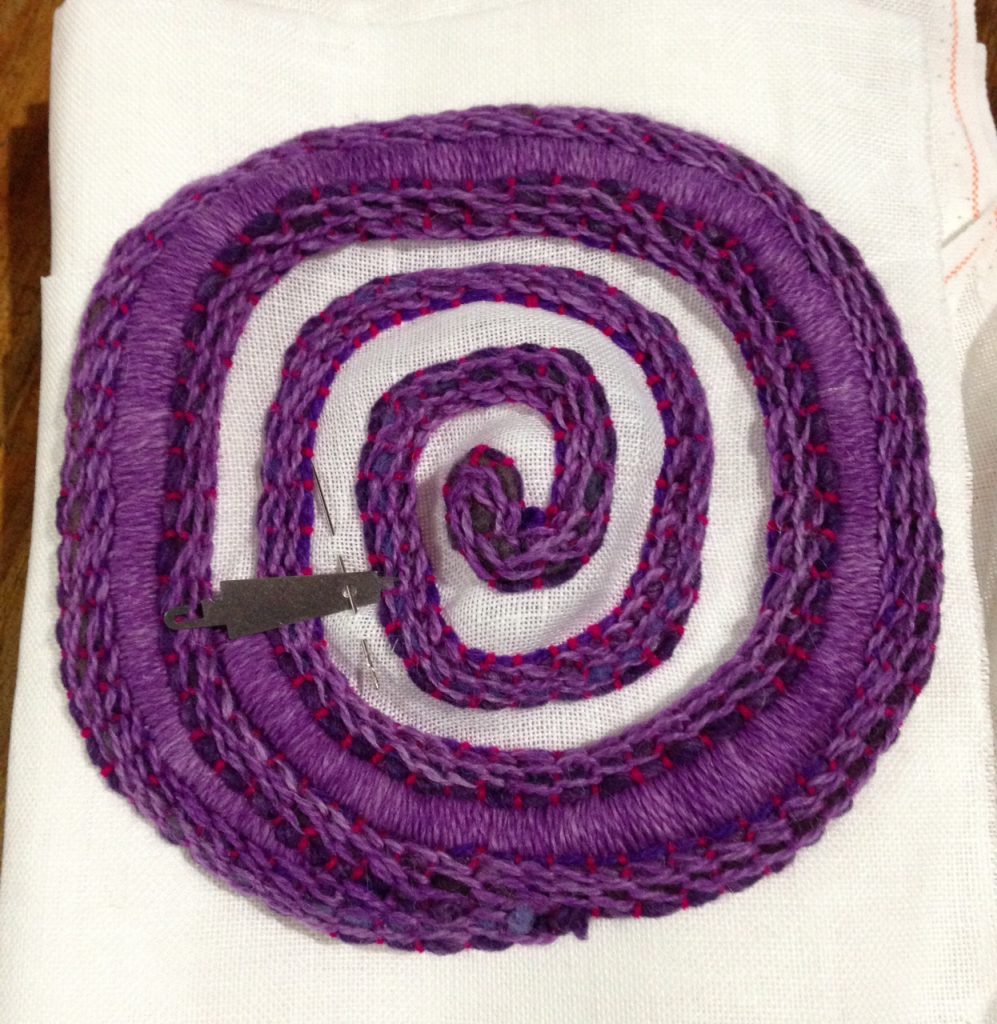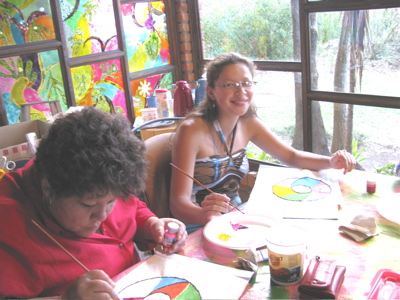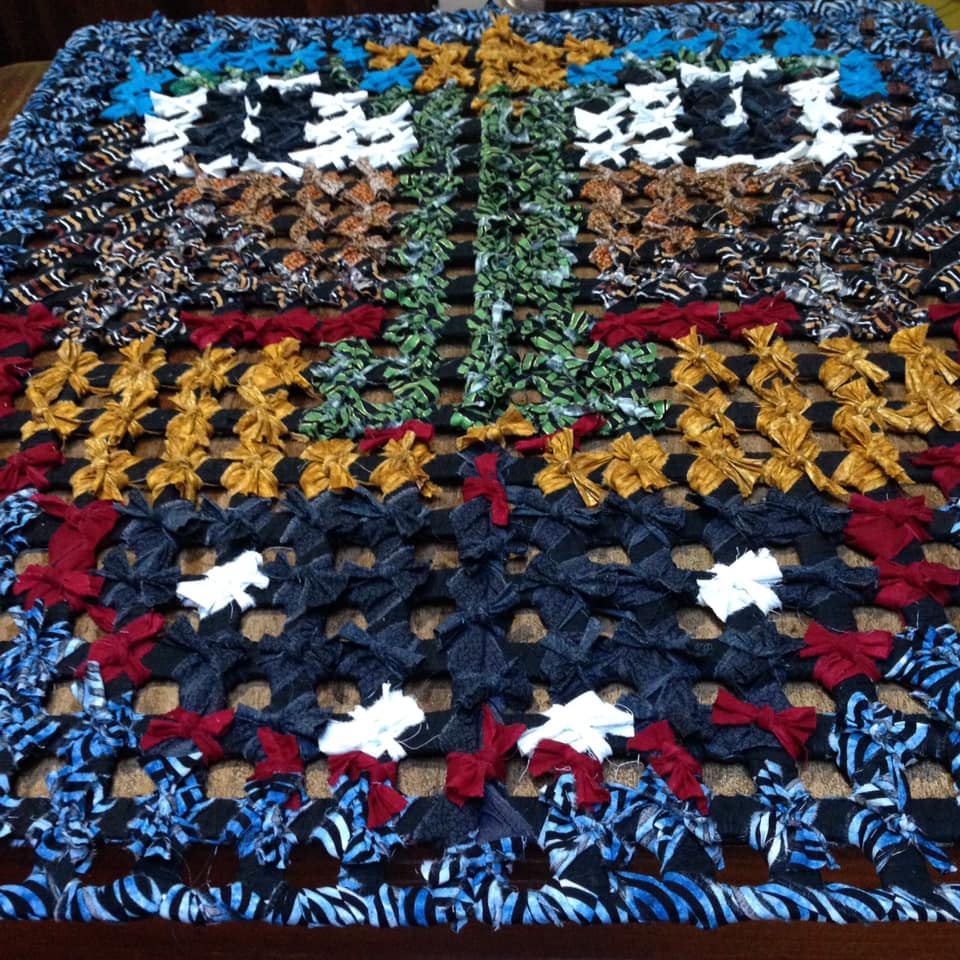
The face symmetry presented various problems, and [of course] I ran out of fabric.
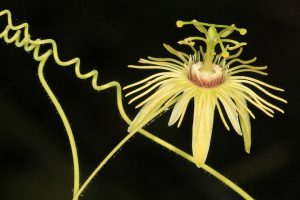 IN TRANSIT
IN TRANSIT
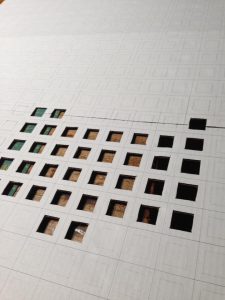
Width: 45 cm X 45 cm X 68 cm
Length: 100 cm plus extension to the floor = 180 cm total. 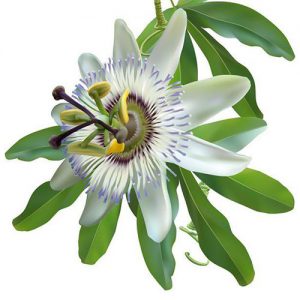
Depth: 31 cm
Weight: 6 Kg
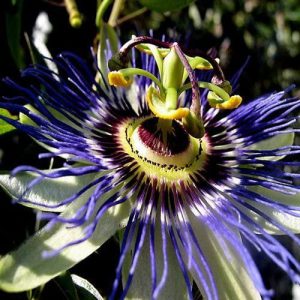 Shape: Triangular prism, with a cascade of 46 passion flowers that fall ad libitum to the floor.
Shape: Triangular prism, with a cascade of 46 passion flowers that fall ad libitum to the floor. 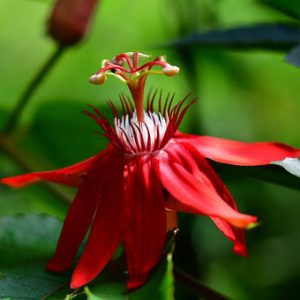
It is suggested that the piece be hung with the top edge at 180 cm from the floor in order to create a “pool” of fallen flowers underneath the mask.
This piece is very easy to set up. I expect to be able to ship it assembled, and the curator can place the extention and flowers on the floor: There is no complicated assembly required. 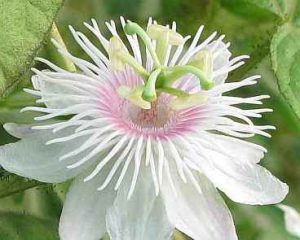
Techniques: Wrap, knotting, sewing, crochet, paper bead making.
Materials: Carton, paper, threads, yarns, fabric.
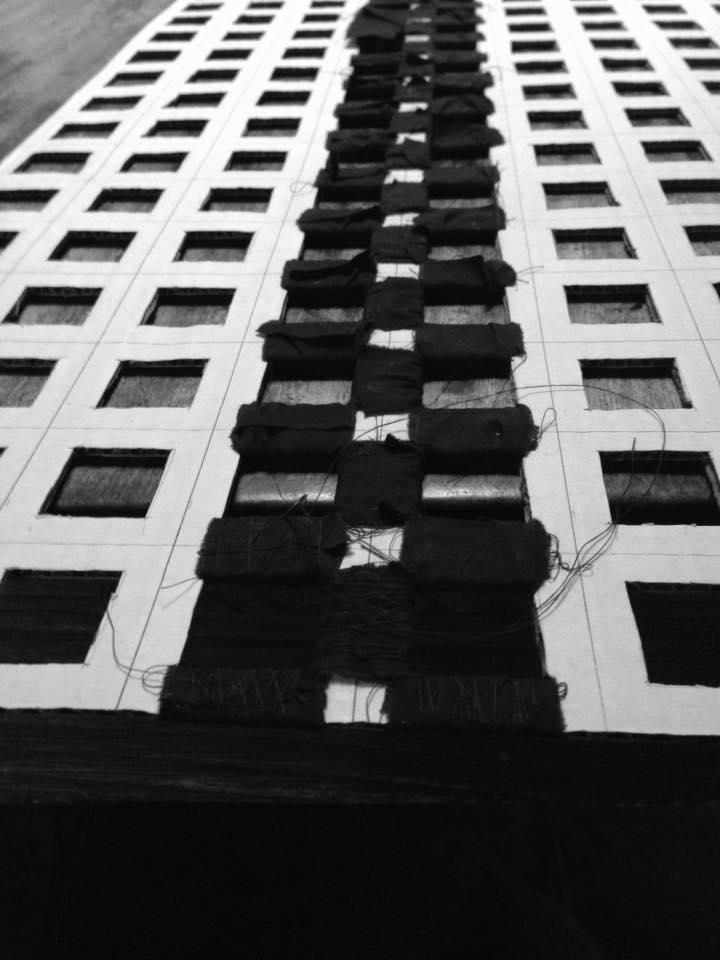
Los jurados seleccionan por medio de fotografías, por lo cual la obra debe ser fotogénica.
Empiezo con negro de fondo, el cual coso con hilo casi negro.
Color choice has much to do with the photos presented to the jury.
Jurors make the selection by looking at photos, so the piece must be photogenic.
I start with background black, which I sew with almost-black thread.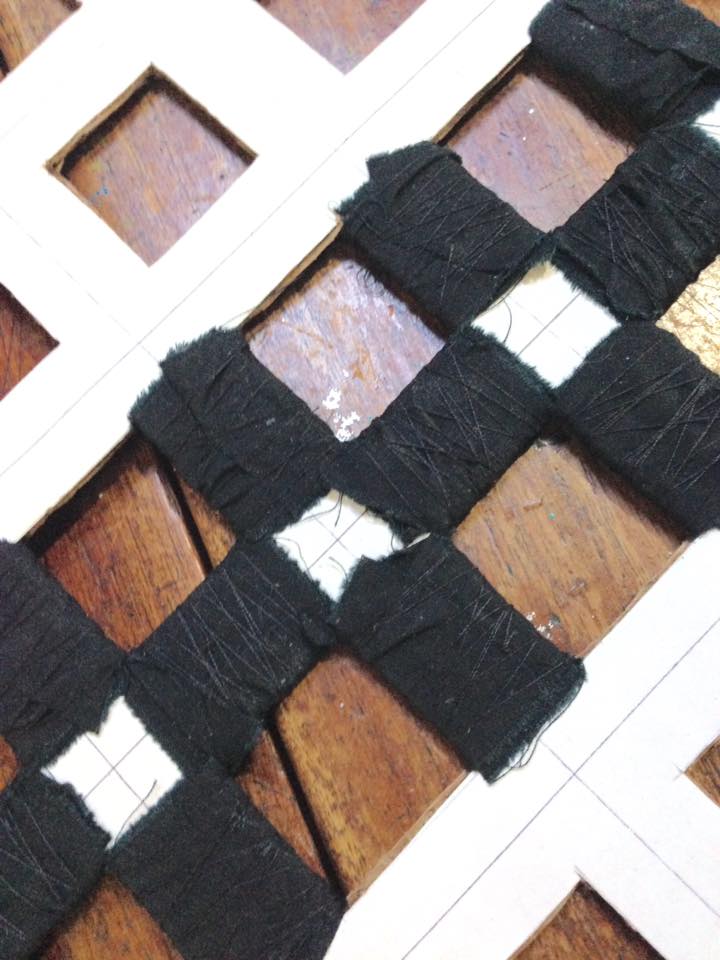
Hours upon hours sewing the grid.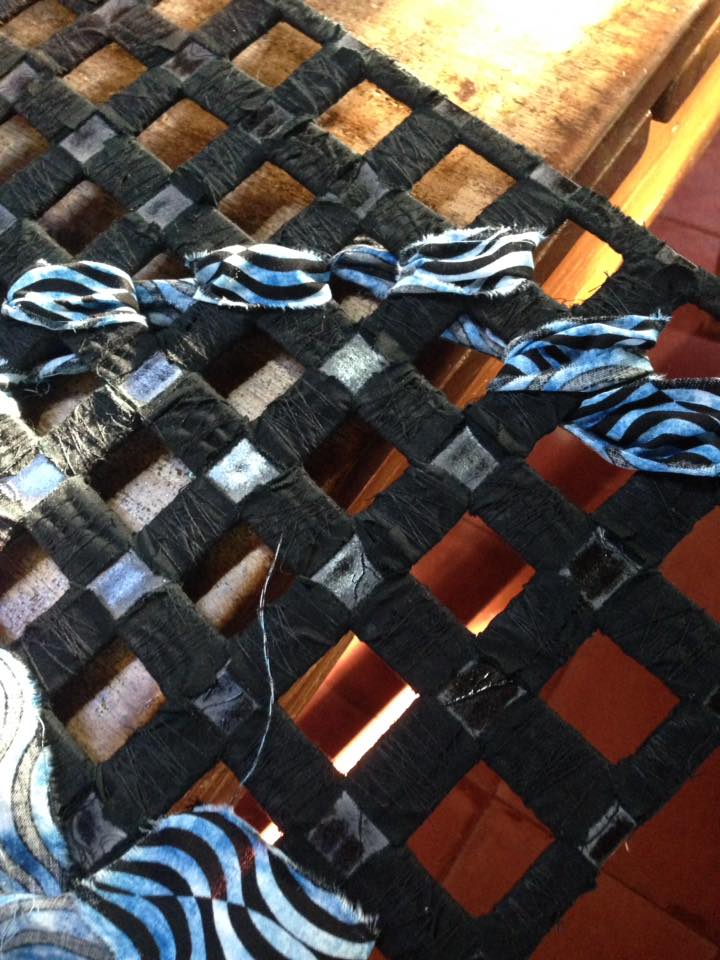
I’m still experimenting, and sailing more or less in darkness.
Ancho: 45 cm X 45 cm X 68 cm. 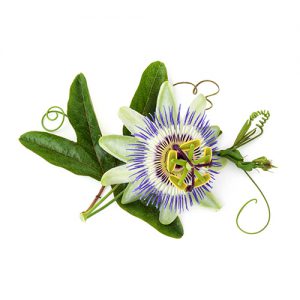
Largo: 100 cm además de extensión al piso = 180 cm. total.
Fondo: 31 cm.
Peso: 6 Kg.
Forma: Prisma triangular con cascada de 46 flores pasionarias que caen ad libitum hasta el piso.
Se sugiere que la pieza sea colgada con el borde de arriba a 180 cm del piso, para crear una “fuente” de flores caídas debajo de la máscara.
Técnicas: Envoltorio, anudación, costura, crochet, abalorios de papel.
Materiales: Cartón, papel, hilos, lanas, telas.
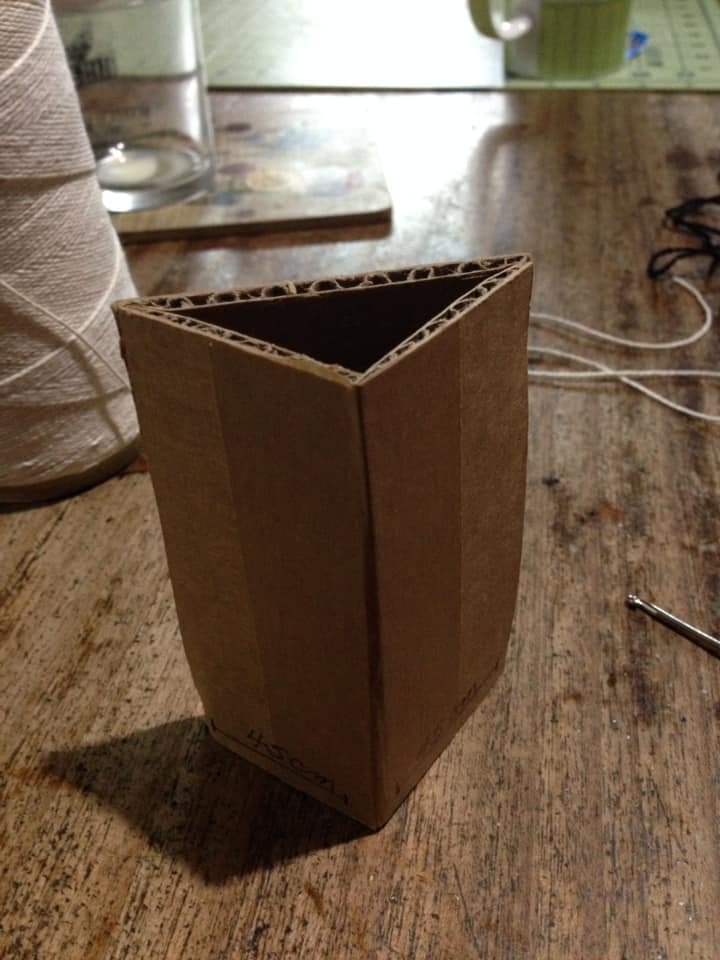
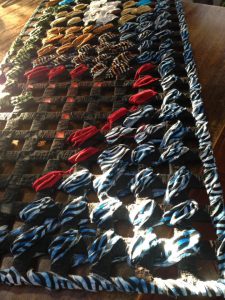
Proceso lento. ¡No solo falta la otra mitad, sino que le falta “guau”!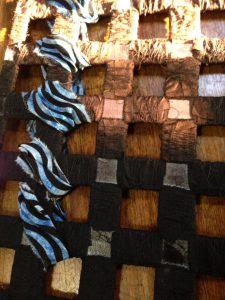
I like the color, but I’m not sure about the shape.
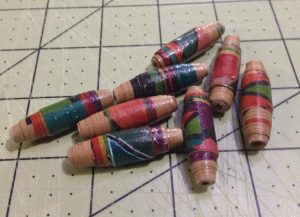
Sometimes I have youngesters wanting to learn to make beads, and they give me some. It’s so much work, I fix imperfections and use them in my art.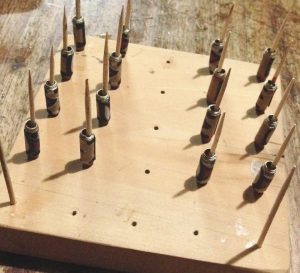
Preparing the first of the 320 paper beads. Each is painted and varnished.
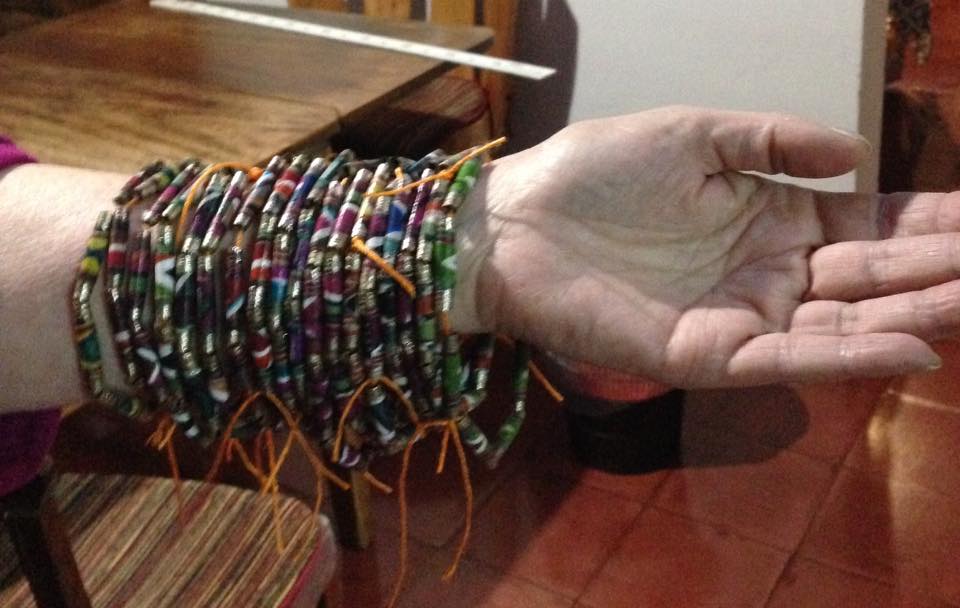
I made 92 of these necklaces for the 46 passifloras. They’re made of recycled Kraft paper, painted, varnished, and sewn.
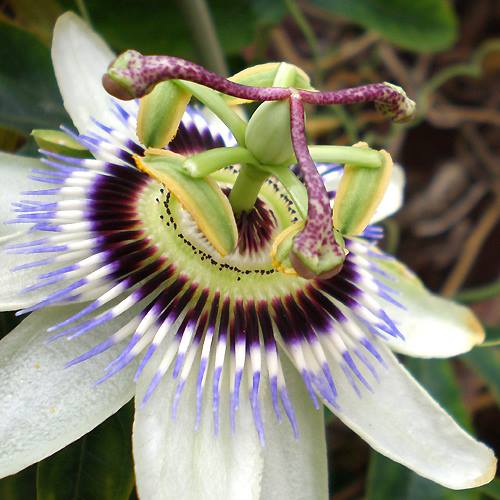
Inspired by the passionaria: A flower of passions and suffering, but at the same time it has medicinal properties.
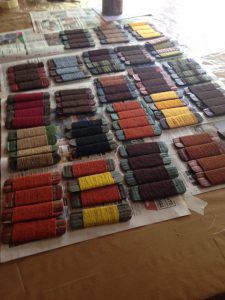
The beauty of cardboard is not having transparency—it doesn’t reflect sunlight. Therefore, it swallows colors and gets an earthen, brownish color.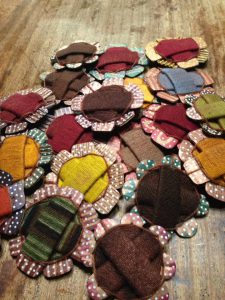
Haciendo las flores. Pintadas, envueltas y cosidas.
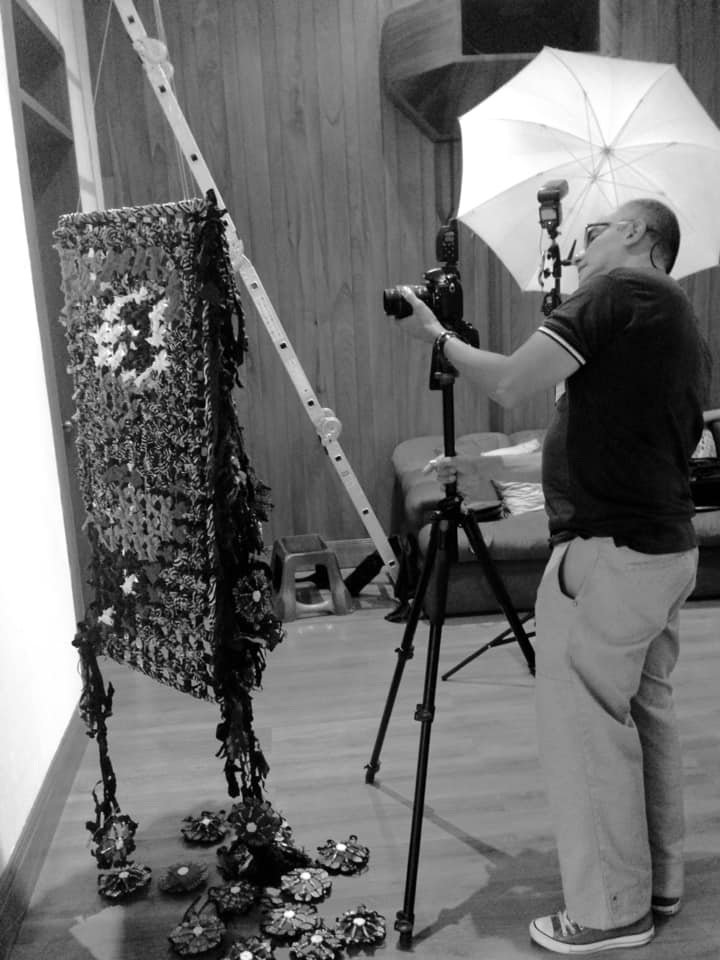
No podemos dudar la importancia de poner nuestra obra en manos de un experto.
Maestro García setting up.
We can’t deny the importance of placing our work in the hands of an expert photographer.
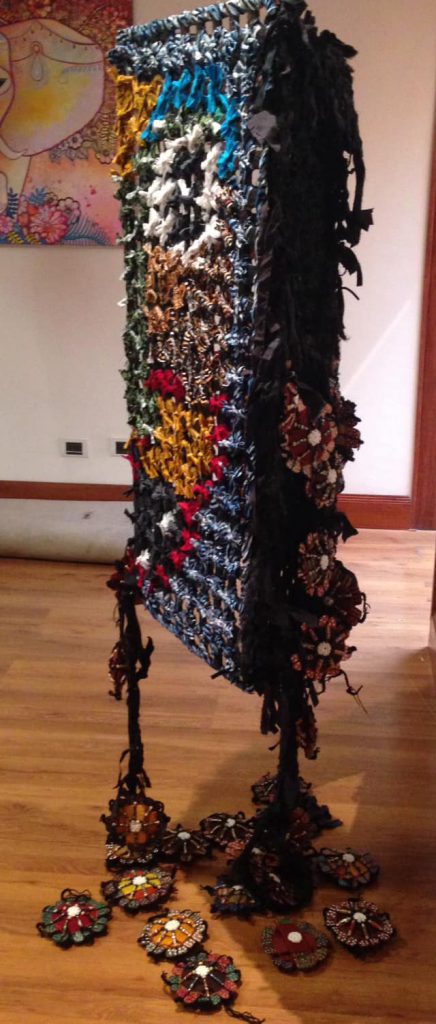
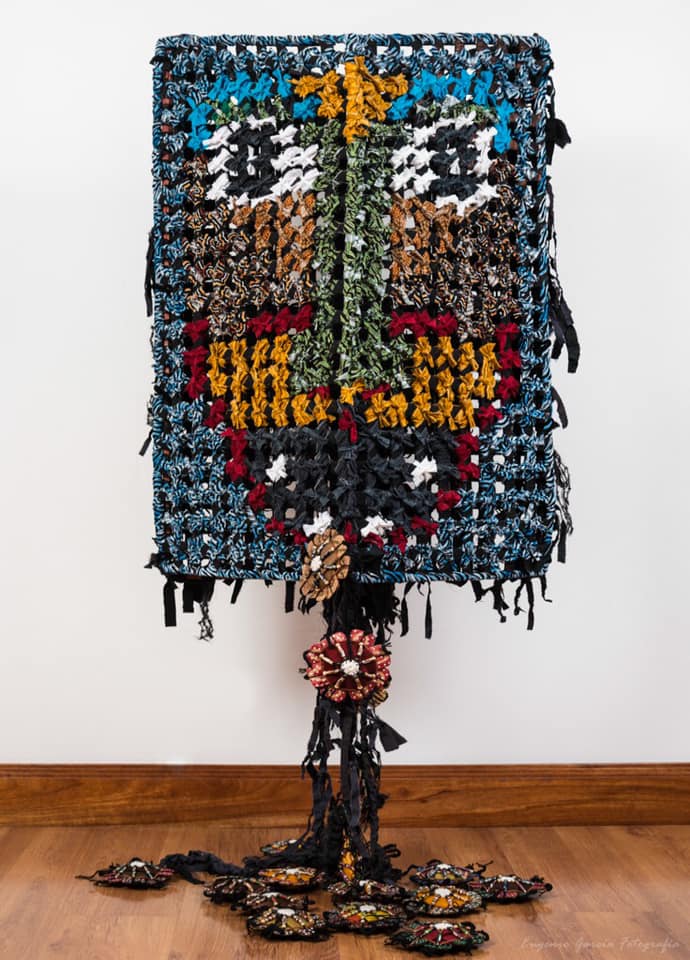
Width: 45 cm X 45 cm X 68 cm. Length: 100 cm plus extension to the floor = 180 cm total. Depth: 31 cm.
Photo: Eugenio García Chinchilla
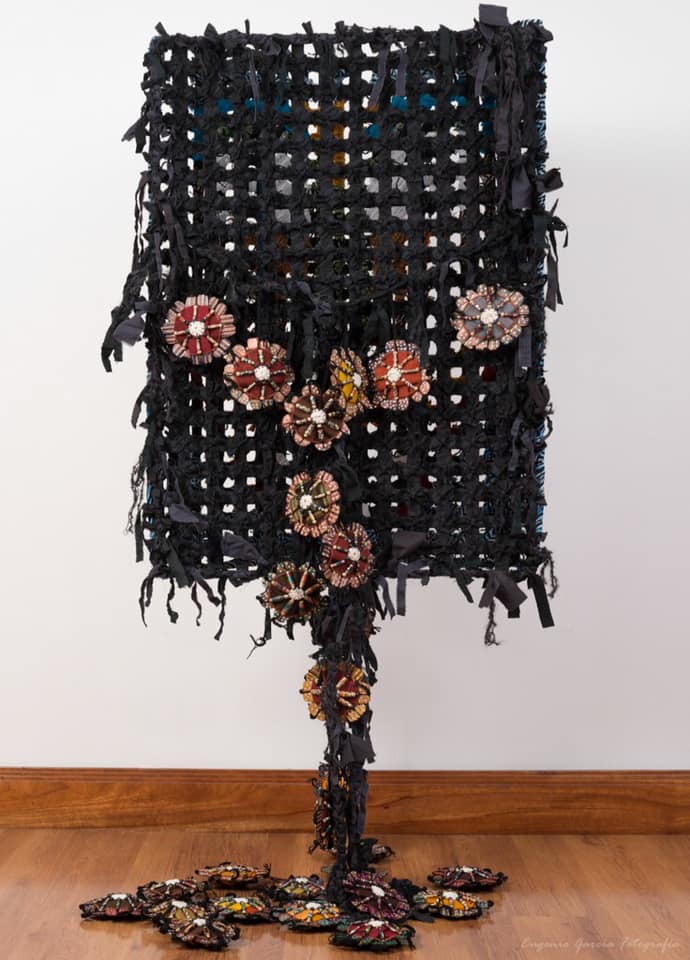
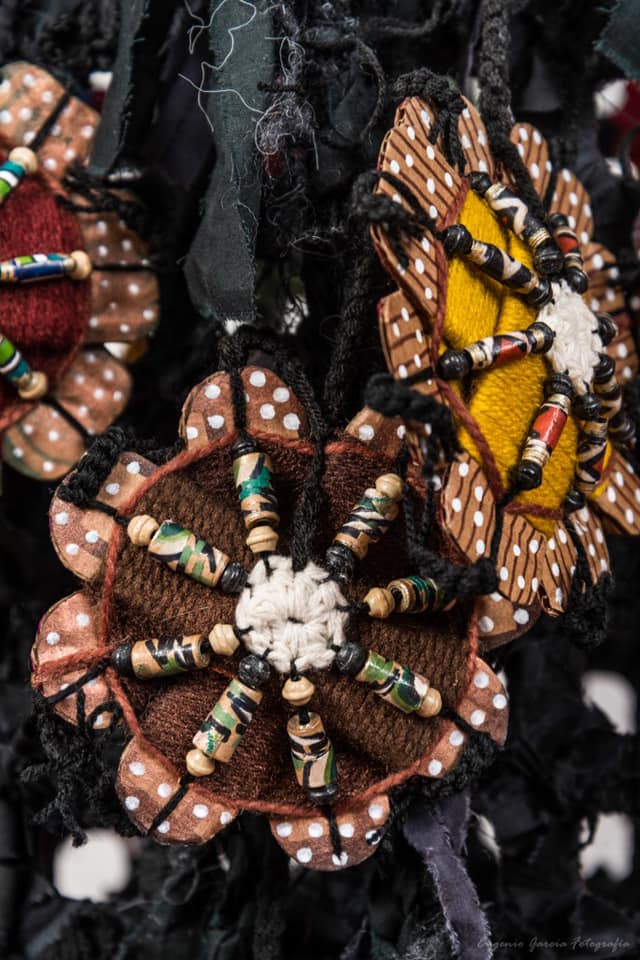
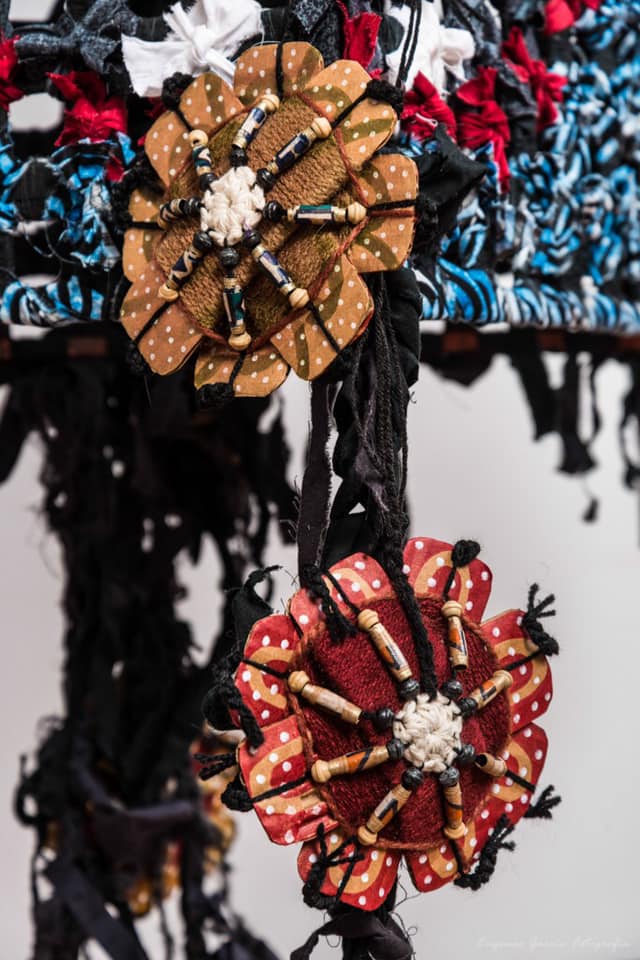
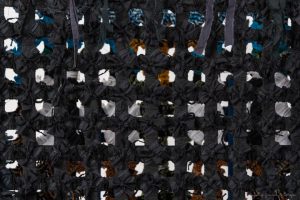
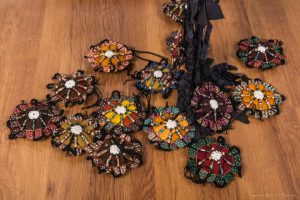
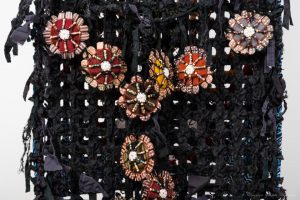
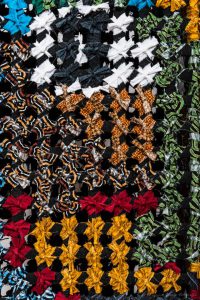
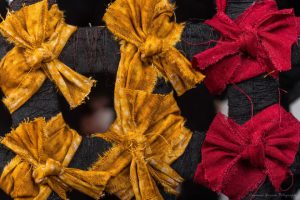
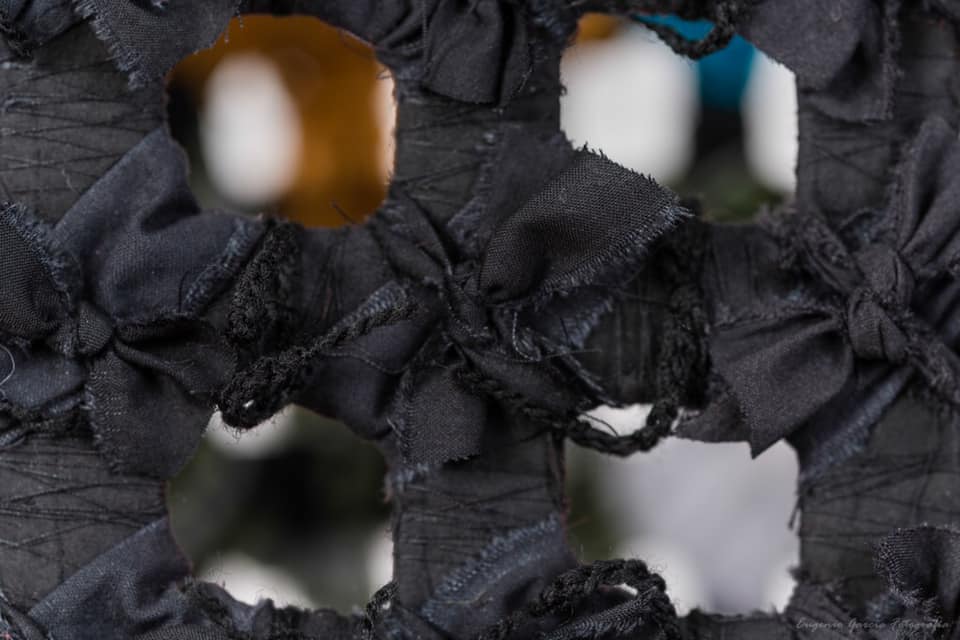
A sense of belonging in social settings, or in our own home, with our own family, is the most important thing in life. Our personal chronology accepts a time and behavior for our stages as we age—from childhood expectancies and experiences to the great array of adult conditions and emotions that mold us into distinct personalities. Therefore, I am often surprised by the apparent lack of empathy toward persons who for one reason or another, end up having to migrate under extreme subhuman conditions, or are forced to live on the street.
Imagine what would be like to be displaced from your home, your family, your land and culture…making you run away in search of a better life?
Imagine that you can only carry the most basic of belongings, but throughout your displacement some of those precious material things are lost or traded for the slightest bit of comfort your existence can afford you: That momentary satiation of hunger, or a tiny investment in your safety, or a possession’s disappearance due to circumstances sometimes unimaginable to anyone else. And then you find cardboard, which is usually free and provides a bit of warmth, comfort, and privacy. The same carton box we use to transport or safe-keep our possessions now deals with the whole of us and becomes our new sense of nesting, living, and surviving. “My space is delineated by my carton mat, and that tiny grungy bit of Life belongs to me,” says our sense of belonging as that mat becomes center of our universe.
My artwork presents a running mask depicting a person being displaced in a world ridden by lack of water and food, political unrest, poverty, and lack of opportunity—each running person carrying along the current self and the past self, which conceal identity beyond current appearance. Nobody knows who you are. Ruggedness, body odor, language, and skin color denote not being from around here, and being in distress—being in a street situation and not being able to convey friendliness, because in many cases the migrant has to trespass, and successful humans don’t trespass… What has to happen for you to overcome this situation, and prosper again to your fullest potential?
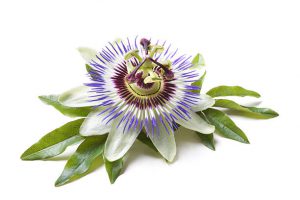
From the political corner of my eye, I think not only of those of us who have lived partially or entirely a “good life,” but mostly think of so many young persons starting out in extreme poverty, or slavery, in a situation of homelessness or, simply, in transit. Where and how will all of those people be? How will the children of displacement feel about forming attachments, and how will others be affected by the social adjustment required on both sides?
As a visual artist, I am trying to convey the need to create a world of empathy and inter-connectedness beyond border despair, travel injustice, and sociopolitical rejection, because I can see how human migrations will intensify in the near future. Another source of concern, however, is the thought that human beings are also experiencing the onset of a new environmental correction emergency. For the first time are we realizing that most comfortable practices of the past hundred years are not compatible with the need to stop heating the planet, and carton represents both the coziness and practicality of a life-saving material worldwide, but at the same time its manufacture is a wrong as wrong could be: Carton results from the extreme burning of wood and recycled papers, and its future lack of availability might turn it into a priced material in years to come, rather than continue to be within reach for people in need.
U.S. designer Karen Salmansohn has the right attitude by stating that “Your energy is more eloquent than your words: People hear how you vibe.” My hope is to be able to vibe for others, and hope that others will vibe for us if ever we’re forced into a street situation, because awareness brings action. As the world grows and more people migrate, positive change is only affordable if the entire society starts to make the necessary provisions to assist persons in need before their need to flee begins, and especially during the stress and duress they’re subjected to on their search for a better life.
—Silvia Piza-Tandlich
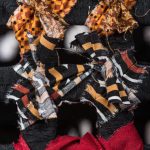
En tránsito
El sentimiento de pertenencia en entornos sociales, o en nuestro propio hogar, con nuestra propia familia, es lo más importante en la vida. Nuestra cronología personal acepta un tiempo y comportamiento para nuestras etapas a medida que vamos envejeciendo, desde las expectativas y experiencias de la niñez hasta la gran variedad de condiciones y emociones humanas adultas que nos moldean para tener personalidades propias. Por eso, a menudo me sorprende la aparente falta de empatía hacia personas que, por una razón u otra, acaban teniendo que migrar en condiciones infrahumanas extremas, o se ven obligadas a vivir en la calle. Imagina cómo sería ser desplazado de tu hogar, tu familia, tu tierra y tu cultura…haciéndote huir en busca de una vida mejor.
Imagínate si solo pudieras llevar las pertenencias más básicas pero, a lo largo de tu desplazamiento, algunas de esas cosas preciadas se perdieran o tuvieran que ser canjeadas por el más mínimo consuelo que su existencia pudiera brindarte: saciar el hambre, o un pequeña inversión en tu seguridad. Imagínate el significado de la desaparición de alguno de tus últimos tesoros debido a circunstancias a veces inimaginables para las demás personas.
Y luego encuentras cartón, que generalmente es gratis y brinda un poco de calor, comodidad y privacidad. La misma caja de cartón que usamos para transportar o resguardar nuestras posesiones, ahora se ocupa de todo tu ser y se convierte en nuestro nuevo sentido de anidar, vivir y sobrevivir. “Mi espacio está demarcado por mi pedazo de cartón, y ese pequeño y sucio pedacito de Vida me pertenece”, dice tu sentido de pertenencia, ahora convertido en centro del universo.
Mi obra muestra una máscara huyendo, la cual representa a la persona desplazada en un mundo que no pudo ofrecerle agua ni alimentos, o debido a la amenaza política, la pobreza o la falta de oportunidades. “Caras vemos, corazones no sabemos”…y cada persona que corre lleva consigo el yo actual y el yo pasado, ocultando su identidad más allá de su apariencia actual. Nadie sabe quién eres. La aspereza y desconfianza, el olor corporal, el lenguaje y el color de la piel denotan no ser de por aquí y estar angustiada, estar en una situación de calle y no poder transmitir simpatía, porque en muchos casos el/la migrante tiene que traspasar y los humanos exitosos no traspasan… De ese punto, a lograr iniciar tu vida hasta volver a demostrar tu máxima capacidad, ¿qué cosas tienen que suceder?
Elegí la pasiflora para representar la singularidad de las cualidades y rasgos humanos, ya que tiene la misma gama de estados de ánimo que tenemos las personas: puede ser dulce, agria, medicinal o venenosa según la variedad, pero todas son hermosas. Mi idea de la máscara que corre dejando caer pasifloras a medida que avanza, me recuerda el viaje humano asociado con lo que nos llevó a este punto de la vida donde el pasado y el presente convergen, sin tomar en cuenta la gran incógnita sobre el futuro, la cual, en realidad, se acrecienta si el presente es extremadamente incierto.
Desde el rabillo de mi ojo político, pienso no solo en aquellos de nosotros que hemos vivido parcial o totalmente una “buena vida”, sino sobre todo pienso en tantos jóvenes que comienzan la suya en pobreza extrema, o en esclavitud, o en una situación de indigencia o, simplemente, en tránsito. A futuro, ¿dónde y cómo estarán todas esas personas? ¿Cómo se sentirán los niños desplazados en cuanto a formar vínculos, y cómo se verán afectadas las demás personas debido al ajuste social requerido en ambos lados?
Como artista visual, estoy tratando de transmitir la necesidad de crear un mundo de empatía e interconexión más allá de la desesperación fronteriza, la injusticia de los viajes y el rechazo social y político, porque puedo prever que las migraciones humanas se intensificarán en un futuro cercano. Sin embargo, otra fuente de preocupación es que los seres humanos también estemos experimentando el inicio de la nueva etapa de corrección ambiental. Por vez primera nos damos cuenta de que las prácticas más cómodas de los últimos cien años, no son compatibles con la necesidad de dejar de calentar el planeta, y el cartón representa tanto la comodidad como la practicidad de un material que salva vidas en todo el mundo, pero al mismo tiempo su fabricación es el mayor error ambiental posible: el cartón es el resultado de la quema extrema de maderas y papeles reciclados, y su futura falta de disponibilidad podría convertirlo en un material de precio en los próximos años, en lugar de seguir estando al alcance de las personas más necesitadas. 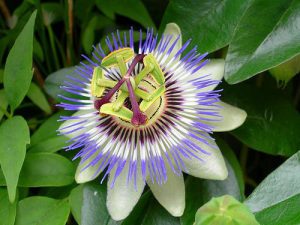
La diseñadora estadounidense Karen Salmansohn tiene la actitud correcta al afirmar que “Tu energía es más elocuente que tus palabras: la gente escucha cómo vibras”. Mi esperanza es poder vibrar por los demás y espero que otros vibren por nosotros si alguna vez nos viéramos obligados a vivir en la calle, porque la consciencia lleva a la acción. A medida que el mundo crece y más personas migran, el cambio positivo solo es asequible si toda la sociedad comenzara a tomar las medidas necesarias para acompañar a las personas necesitadas antes de que necesiten huir o desplazarse, y mucho más durante el estrés y la subyugación a que son sometidos en su búsqueda de una vida mejor.
—Silvia Piza-Tandlich 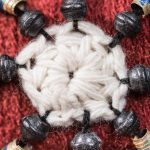

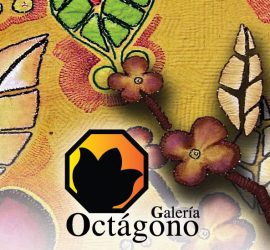
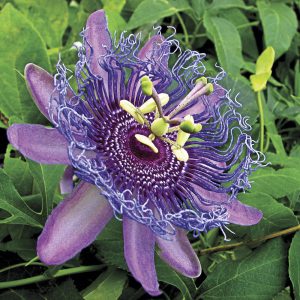
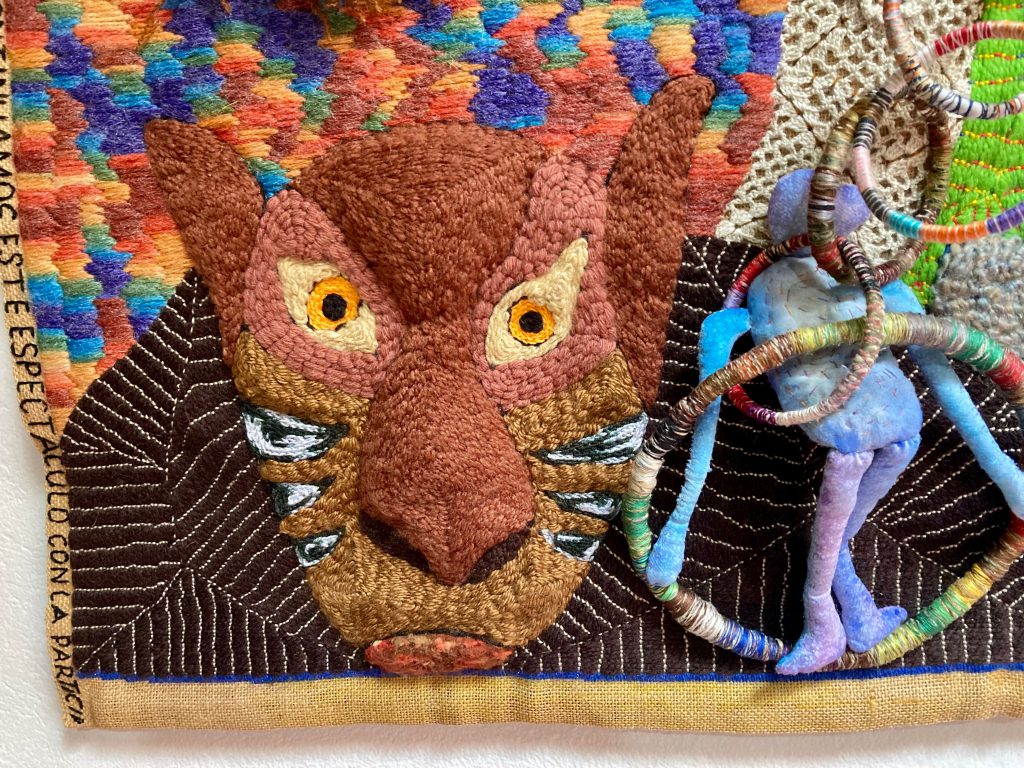
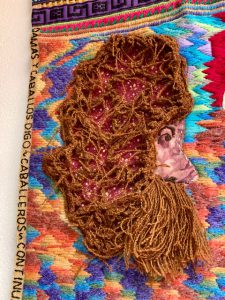
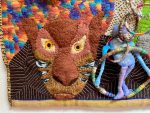

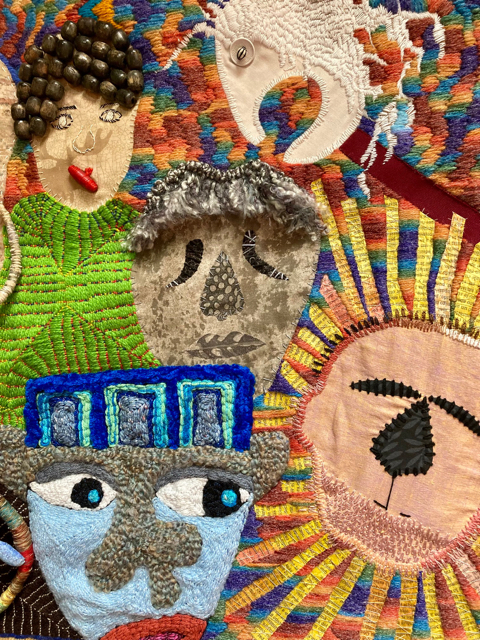
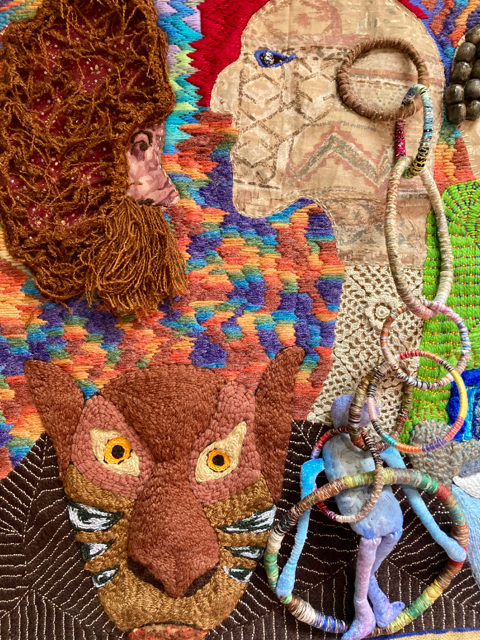
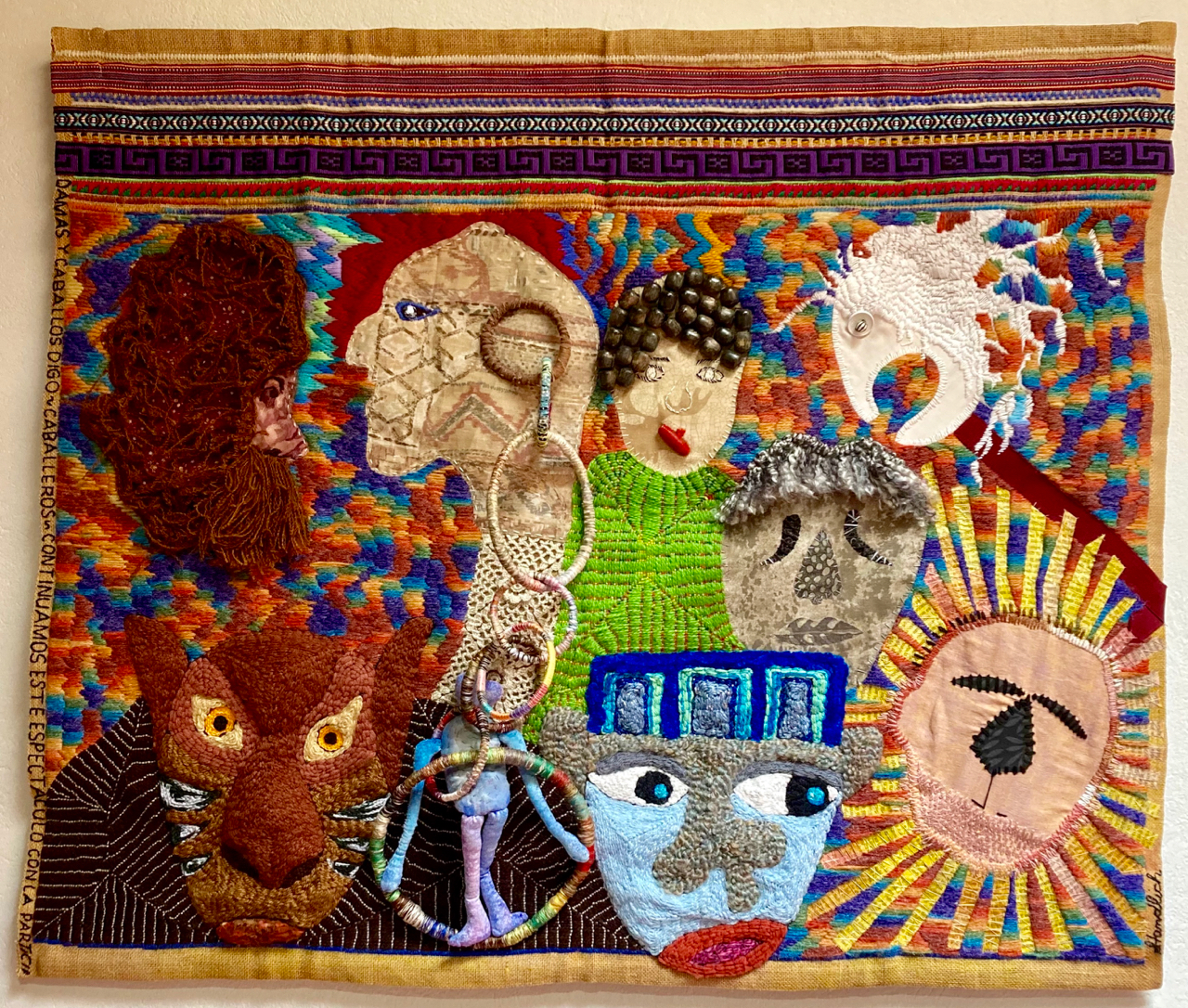
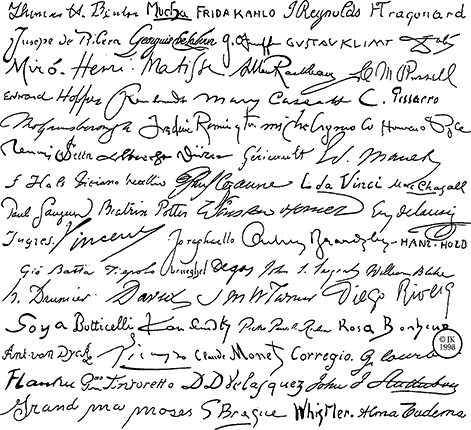

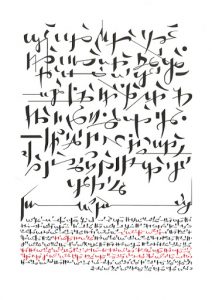
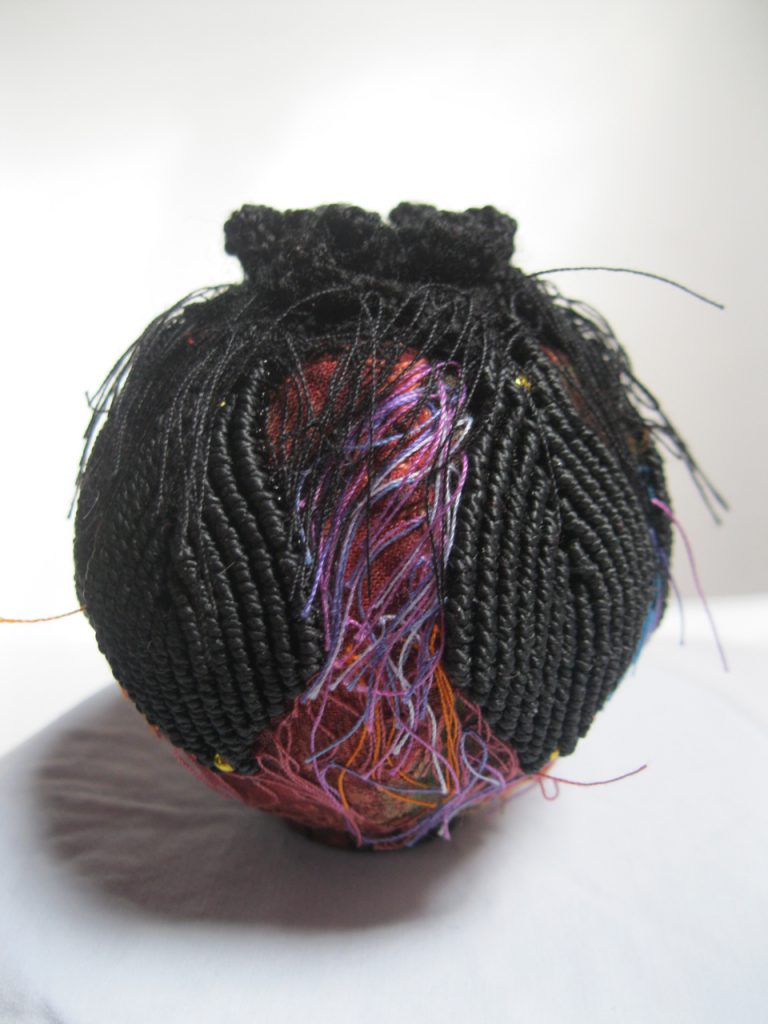
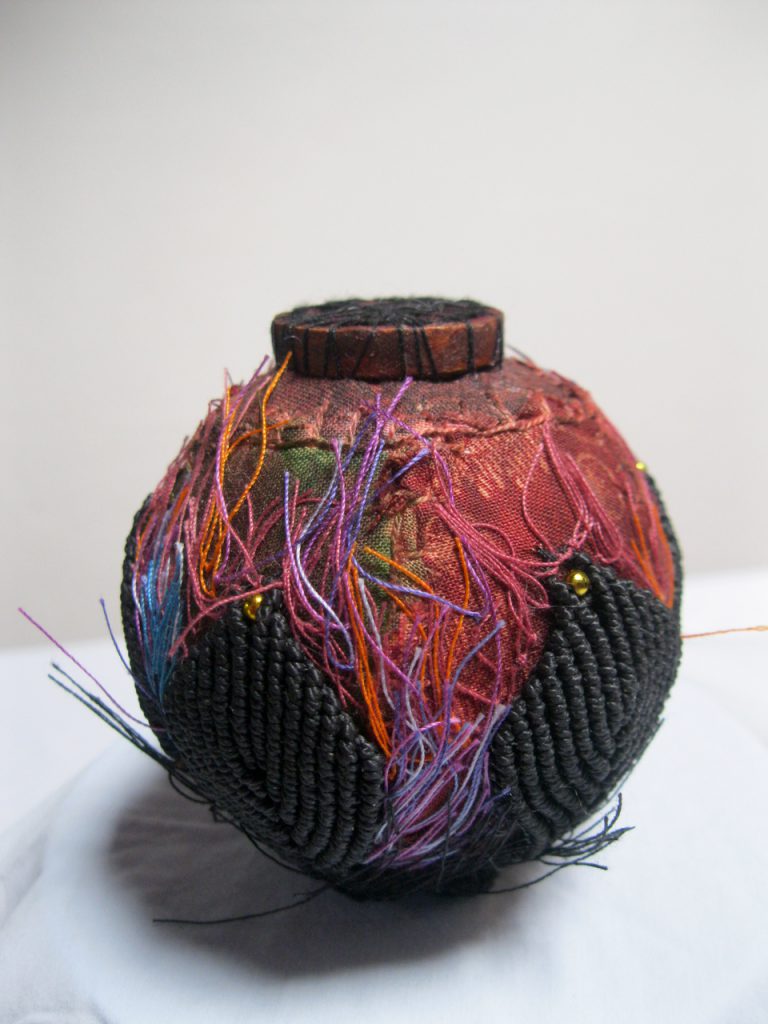
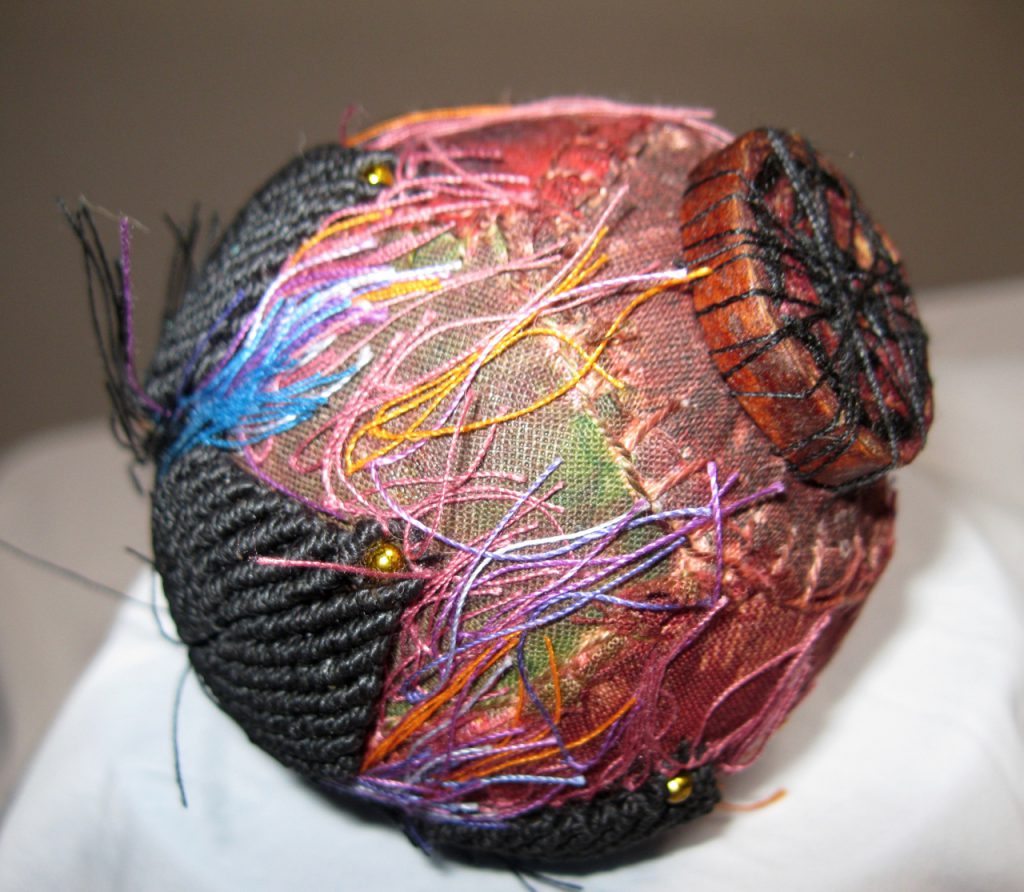
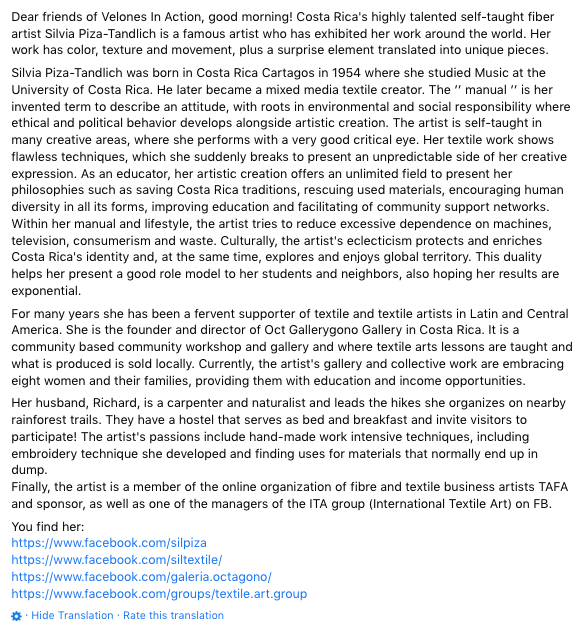
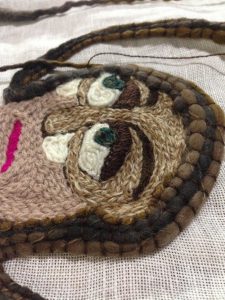 I was able to buy vintage 48-count linen, which is not an easy-to-handle material for free-style embroidery. This type of linen is fine for repetition stitching, but the holes in the weave create unwanted distortions in the design.
I was able to buy vintage 48-count linen, which is not an easy-to-handle material for free-style embroidery. This type of linen is fine for repetition stitching, but the holes in the weave create unwanted distortions in the design.